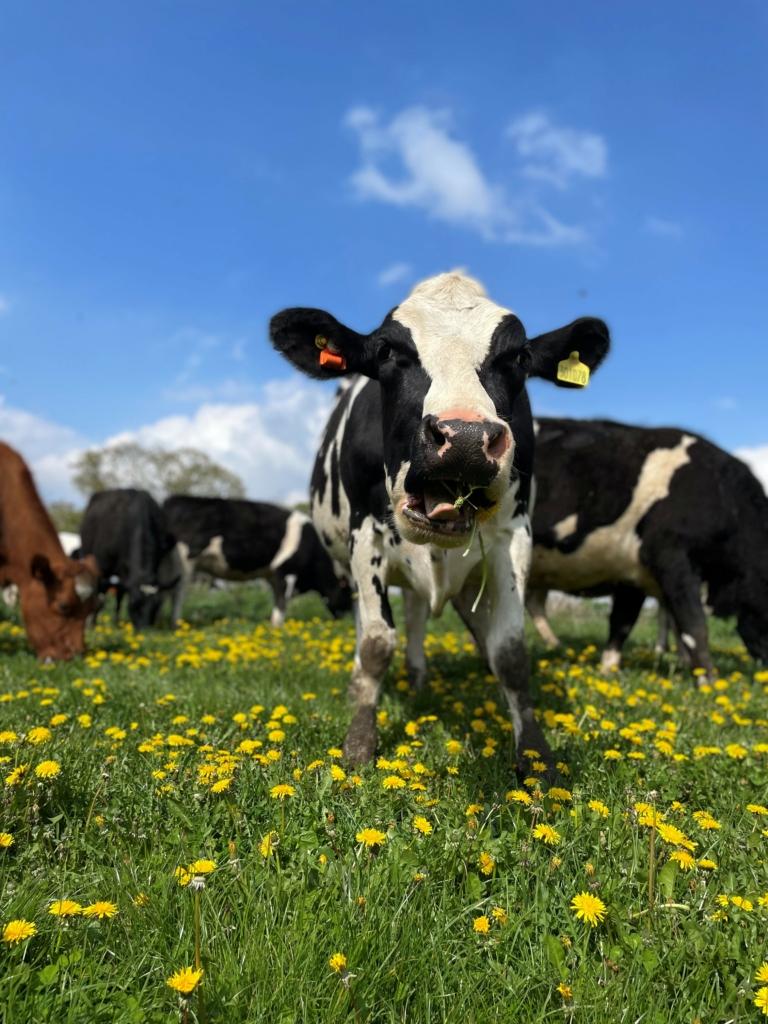Latest Blogs
Post Calving Checks in Dairy Cows
The voluntary waiting period for most dairy farms in the UK is between 45 – 50 days. This is the time farmers will wait after a cow has calved before serving her. If no heat has been observed within this period, these cows are often presented at the routine vet visit as “not seen bullers (NSB)”. These cows can have various reasons for not appearing to show heat within this period, but one of the reasons can be endometritis; colloquially termed “whites”. Endometritis is inflammation of the lining of the uterus, the endometrium. This results in an accumulation of pus and cell debris within the uterus. This negatively impacts fertility. Some cows exude this pus from the vulva, and it is clearly visible. However, it is estimated that only around a third of affected cows will be externally visible.
If the first time that these cows are detected is as an NSB, this can result in the cows taking much longer to get in calf. Empty cows lead to a whole host of problems spiralling form lengthy lactations and being too fat. Delayed service in a block calving herd can have severe consequences on the whole system.
Routine post calving checks on cows will reduce the occurrence of endometritis after the voluntary waiting period. It is recommended that cows should be checked 2 – 4 weeks post calving. For farms that may find this difficult to implement on all cows. High risk cows would be a good place to start. This includes eventful calving’s, twin calving’s, retained foetal membranes and still births.
Hygiene at post calving checks is essential. The post calving check involves a manual examination of the vaginal canal and to extract any palpable fluid. The following recommendations should be in place to avoid contamination and transmission of bacteria:
- The vulva should be wiped with a clean paper towel.
- A clean, arm length glove should be used for each cow.
- The glove should be lubricated.
All farm veterinary supplies can be found at any reputable wholesaler.
Endometritis is graded as follows:
Grade 0 – clear or translucent mucus
- Grade 1 – clear mucus with flecks of pus
- Grade 2 – <50% white/ cream pus >26 days postpartum)
- Grade 3 – >50% white/cream pus, occasionally bloodstained (>21 days postpartum)
It is considered that only grades two and three require treatment. Treatments include prostaglandin injections, antibiotic infusions and also povidone iodine infusions. Herd vets recommend different protocols taking into account the individual herds. Povidone iodine infusions are considered useful in chronic cases. In light of the need to reduce antibiotic use, none antibiotic therapies are likely to be studied further.
Leanne Forde-Archer – BVSc MRCVS
